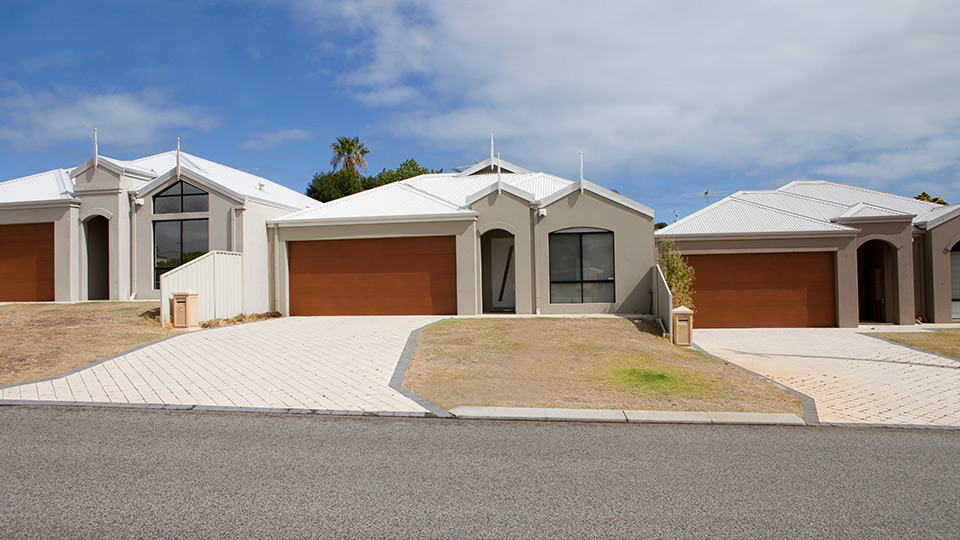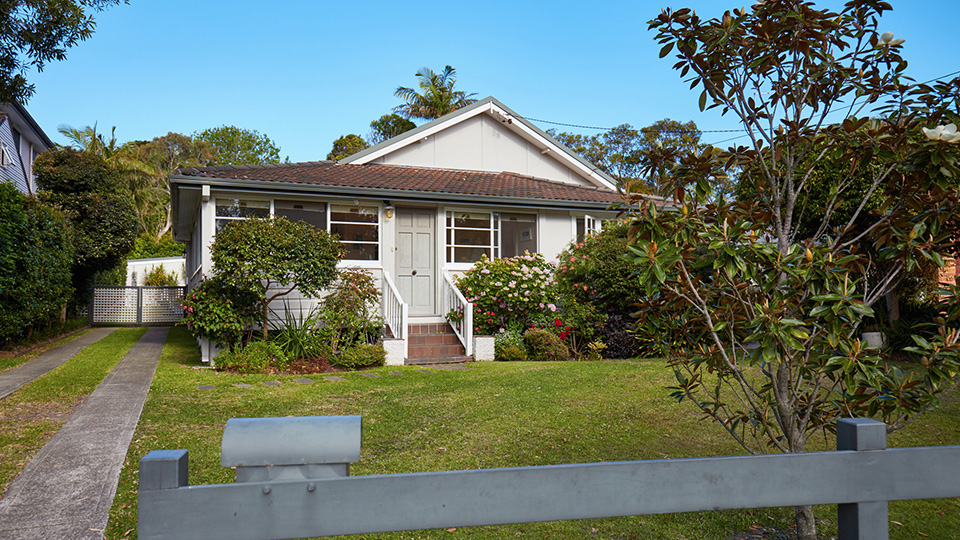May 22, 2018
GST on property transactions: Updated withholding regime for new premises and subdivisions

New legislation will soon be introduced to improve the integrity of GST on property transactions.
From 1 July 2018, Goods and Services Tax (GST) will be withheld at settlement from the purchase price of new residential premises or subdivided land and remitted to the Australian Tax Office (ATO).
This change has been introduced to target illegal phoenix activity in the residential property industry, where developers have not met their GST payment obligations on the sale of new residences and blocks despite claiming GST credits on all construction costs. They then create a new company to continue a business while the original company is liquidated to avoid paying debts.
How much is withheld?
The amount to be withheld is usually 1/11th of the contract price.
Where the margin scheme applies, the withheld amount will be at a lower rate of 7% of the contract price.
The ATO may impose a higher withholding rate than 7% but will not be permitted to exceed 9%.
Where a property has multiple purchasers, the supply will be treated as separate supplies to each purchaser, each of whom will be required to withhold their share of the GST.
Notice required
Vendors will be required to give notice of the withholding obligation to purchasers.
The original legislation as drafted included a requirement this be given at least 14 days before settlement however, this obligation has been removed. We would ordinarily expect this to become part of the contract of sale.
Failure to provide this notice will result in strict fines of up to $21,000 for individuals and $105,000 for companies
What sales does the legislation apply to?
The legislation will include all new residences and potential residential land included in a property subdivision.
For new residential premises, this covers:
- Property not previously sold as residential premises
- A new building replacing a demolished building on the same land. Substantially renovated premises (considered to be new residential premises for GST purposes) are excluded from the withholding requirement.
For potential residential land included in a property subdivision plan, the following applies:
- “Potential residential land” is defined in section 195-1 of the GST Act as “land that it is permissible to use for residential purposes, but does not contain any buildings that are residential premises”
- Commercial land and buildings purpose will be excluded
- The new provisions will not apply to supplies of land to purchasers registered for GST where they acquire the land for creditable purposes.
Transitional rules
Where a deposit is paid on a sale contract entered before 1 July 2018 the new provisions will not apply where further payments (other than the deposit) are made before 1 July 2020.
Implications of change
So far, these changes have only been announced in a legislative Exposure Draft.
A Practical Compliance Guide is expected to be issued shortly by the ATO. This will provide a clearer interpretation of the proposed legislation.
With the proposed act to operative from 1 July 2018, property developers, conveyancers and others affected should be proactive in understanding the implications and updating contracts and processes to deal with the changes
Talk to the experts
If you need advice on these changes to GST on property transactions or want to find out how the changes may affect you, please contact Daniel Dubois or George Psarologos at LDB by phoning (03) 9875 2900.
Alternatively, leave your details in the contact form below and we’ll get in touch.
This article was written with the assistance of Amy Ellis.





